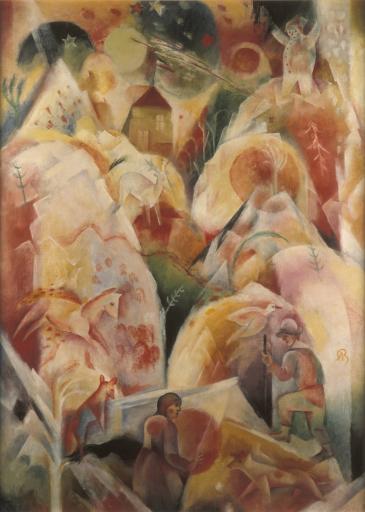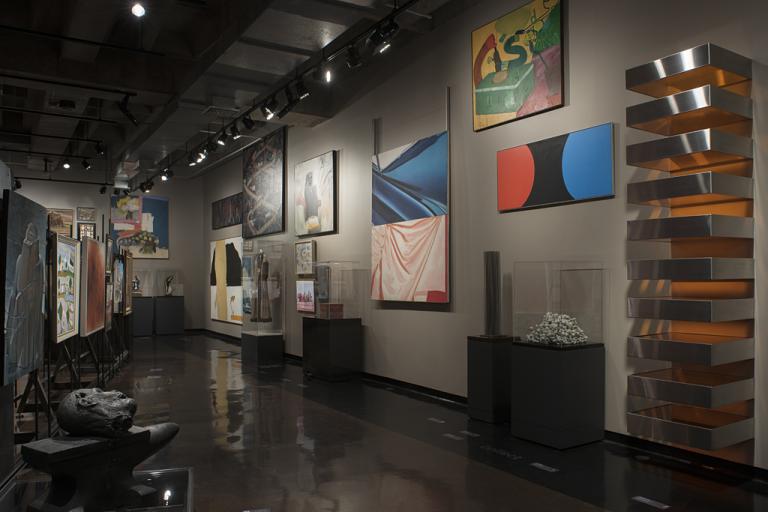Winter, Albert Bloch
Artwork Overview
Albert Bloch, artist
1882–1961
Winter,
1918
Where object was made: United States
Material/technique: canvas; oil
Dimensions:
Canvas/Support (Height x Width x Depth): 128 x 92 cm
Canvas/Support (Height x Width x Depth): 50 3/8 x 36 1/4 in
Canvas/Support (Height x Width x Depth): 128 x 92 cm
Canvas/Support (Height x Width x Depth): 50 3/8 x 36 1/4 in
Credit line: Museum purchase
Accession number: 1983.0022
Not on display
If you wish to reproduce this image, please submit an image request









